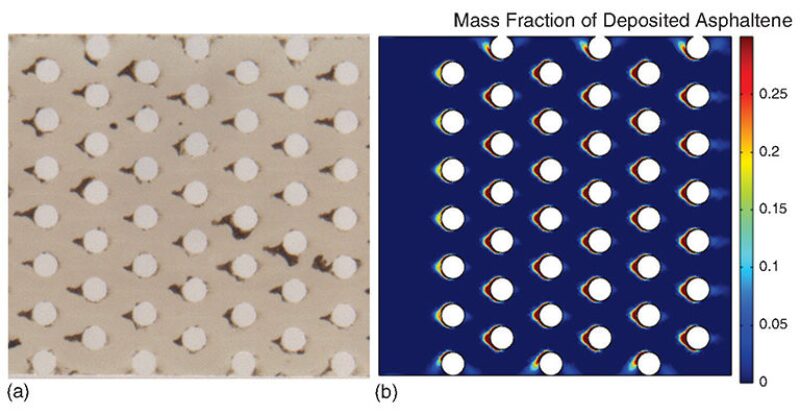Asphaltene precipitation and deposition in production tubing and surface facilities are well-documented issues, and different methods are available to manage them. However, the problems that asphaltenes may cause in the reservoir, especially in the near-wellbore region, are much less understood. This project aimed to develop experimental procedures and modeling methods to establish whether impairment caused by asphaltene deposition in reservoirs is a real problem and to develop an understanding of the mechanisms by which asphaltene precipitates, alters wettability, and obstructs flow by potentially depositing in the formation.
Introduction
Asphaltenes are a polydisperse mixture of the heaviest and most polarizable fractions of crude oil. Understanding the asphaltene-deposition problem and the factors affecting it is of great importance to the oil industry because of the costs associated with production loss and remediation activities, such as solvent wash and removal of deposited asphaltenes.
Several modeling approaches in the literature are used to model asphaltene deposition in porous media.


